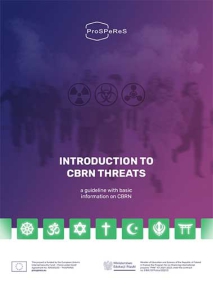
|

|
|||

Guidebook on security measures Other language versions: PL |

Other language versions: PL |

Other language versions: PL |

Other language versions: PL |

|

|
||||

D4.1. Introduction to CBRN threats – a guideline with basic information on CBRN |

|
|||

|

|

|
||

|

|

|
|||

Guidebook on security measures Other language versions: PL |

Other language versions: PL |

Other language versions: PL |

Other language versions: PL |

|

|
||||

D4.1. Introduction to CBRN threats – a guideline with basic information on CBRN |

|
|||

|

|

|
||

|